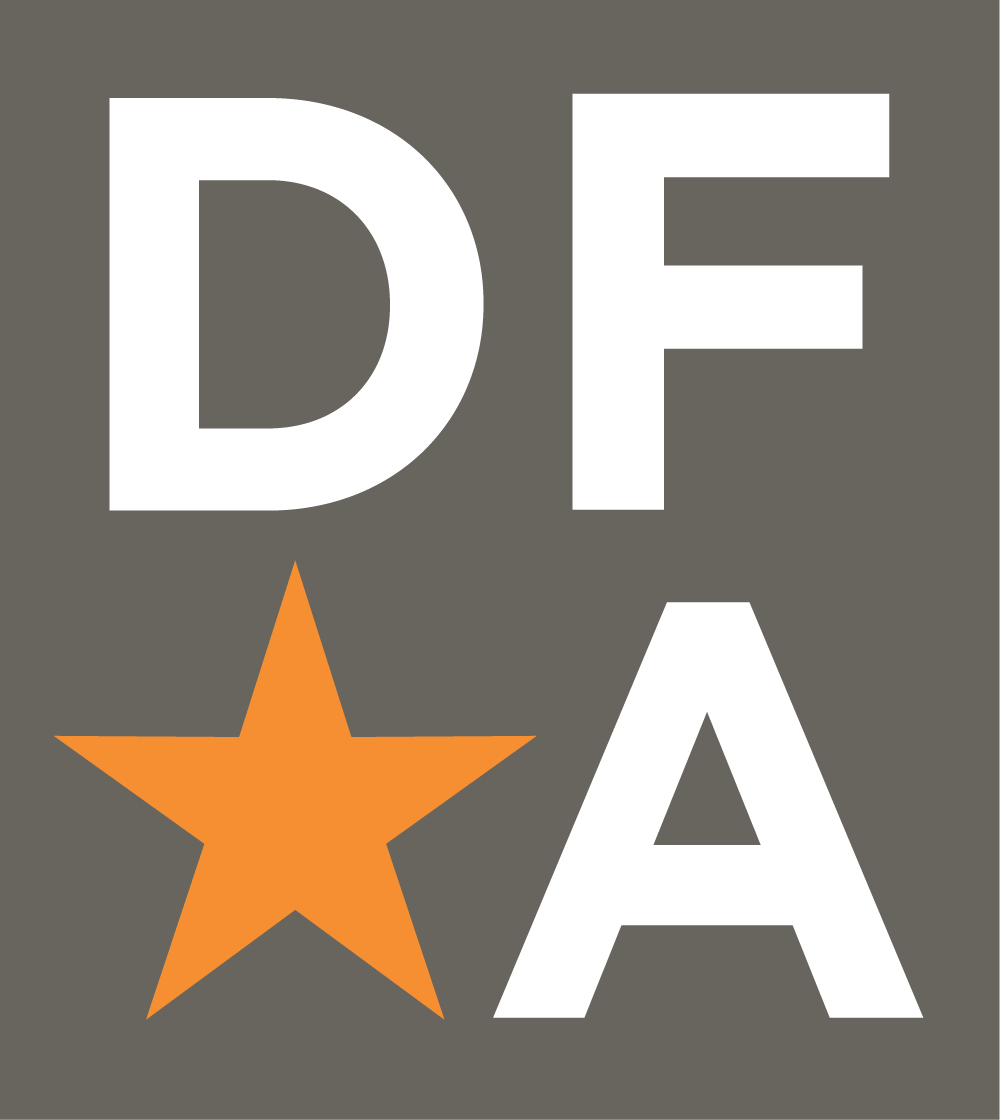Design For Equity: Using the Tools in Our DFA Toolkit
This blog was first published on June 29, 2020.
Image is of Neal Blair, of Augusta, Georgia. Photo taken by AP Photo/Evan Vucci
This Blog was written by Laura Judd and Jane Gormley. Laura is the current Studio Lead and Jane is the former Studio Lead for DFA WashU.
In response to the murder of George Floyd, Breonna Taylor, and countless others, citizens across the country are demanding reimagined public safety. As DFAers, we must use our design skills to think critically about our role in systemic racism and redesigning more equitable futures.
While DFA teaches us to listen to our community, engage our networks, and turn discussion into action, a design background doesn’t inherently teach us to investigate power dynamics and biases in that work. The process empowers us to act on good intentions, but often, good intentions aren’t enough. As designers, we must create time for reflection with ourselves, our teams, and our partners around issues of power and bias to move towards a more equitable future.
WashU DFA has not done this perfectly and has a lot of work to do with how we teach our new members, communicate with partners, and frame our projects. We invite other studios to join us in learning from those with more experience and insight. Creative Reaction Lab is an incredible St. Louis-based organization with a mission to “educate, train, and challenge Black and Latinx youth to become leaders in designing healthy and racially equitable communities.” After reading their Equity-Centered Community Design Field Guide, this worksheet along with their Equity Pledge provides great first steps for integrating a more equitable mindset into our own work as DFAers.
Antionette Carroll founded Creative Reaction Lab on the understanding that “systems of oppression, inequality, and inequity are by design. Therefore, they can and must be redesigned.” Its educators help us understand that everyone is a designer, and whether we’re approaching a problem space as an Equity Designer or a Design Ally, we have a responsibility to elevate Black voices and value Black lives. As DFAers, we must use the skills and tools we have learned to design for a more equitable world.
As an organization, we have put together the following list of ways to participate in this ongoing conversation. We encourage you all to join us.
Creative Reaction Lab:
Free webinars on Equity-Centered Community Design (Intro to ECCD) every second Thursday of the month
Sign up for the next session on July 9 at 11 am CST – These are part of their Redesigners in Action Webinar series with even more opportunities to learn! Link
Check out a breakdown of their process available in their free ECCD handbook.
Support and compensate them for the incredible free resources they provide! Donate or check out their online store here.
DFA Sparks Series:
DFA National hosts weekly webinars about pertinent information that affects designers, they will occur throughout the summer.
These meetings give participants the opportunity to discuss how the “human” aspect of human-centered design can induce activism that is anti-racist at its core. Sign up here.
Useful Resources:
These are documents that Jane Gormley and Laura Judd, the WashU DFA members who wrote this post, have found to be interesting and educational. There are many resources not included here that have incredibly important and relevant information.
This Black Lives Matters syllabus contains resources for education, activism, petitions, etc.
General anti-racist resources
From the Black Panthers to Black Lives Matter, the ongoing fight to end police violence against black Americans
How Black Lives Matter Changed the Way Americans Fight for Freedom
Other design-specific resources
Sloan Leo on community-centered design
Kat Vellos on the power of invitation and social-justice design
DFA Alumni Maheen Khizar‘s work on how legal systems can digitize in the next decade and how community behaviors can change if legal information is made more accessible.
Design Justice and the Design Justice Network
This great article from Reflex Design Collective looking at innovation and activism
This great article from Greater Good Studio on the role of power in design and how we don’t talk about it enough in design education (with tons of resources at the end including a DFA shoutout!)
It is important to educate ourselves on these topics through reading, but it is paramount that we also learn to talk about them with one another and move towards action.
We invite you to continue the conversation on the Student and Alumni + Friends slack. Sign up here or send your comments and ideas to info@designforamerica.com.


